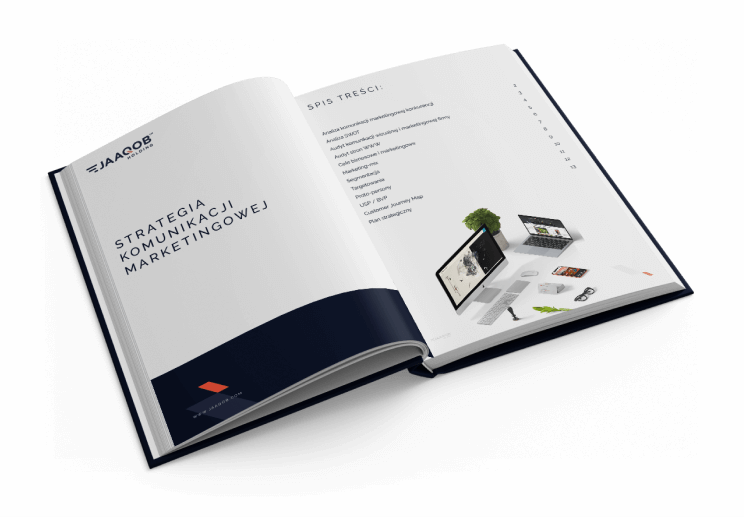
Marketing communication strategy
Building a recognisable and deeply memorable brand is derived from consistent and structured communication with the environment. All content, both in the form of text and images, should work to disseminate and consolidate in the minds of potential customers the desired image of the company.
WHAT SHOULD YOU PAY ATTENTION TO?
Irrespective of the authors of the individual pieces of content – copywriters, marketing staff or other company specialists – all publications must fit into a pre-planned message, style and must clearly emphasise the brand’s competitive advantages on an emotional and substantive level.
This framework is defined by the marketing communication strategy. Creating a strategy requires close cooperation with the client – a partnership in its creation, because the language of communication must be something natural for the company, consistent with its values and derived from its DNA.
THE STRATEGY IMPLEMENTATION PROCESS
The development of a strategy that will effectively achieve its objectives consists of several stages:
WorkshopWe start our cooperation with an online workshop, during which we get to know the company, its products and services. We talk about the market and competition, marketing challenges and goals.
Creating a strategy requires close cooperation between the client and the agency, which is why numerous consultations and additional workshop meetings are held during the work on the document.
We start our cooperation with an online workshop, during which we get to know the company, its products and services. We talk about the market and competition, marketing challenges and goals.
Creating a strategy requires close cooperation between the client and the agency, which is why numerous consultations and additional workshop meetings are held during the work on the document.

Brand philosophy: mission, vision, values (revision or development of the brand ideology)In addition to the typical characteristics associated with individual marketing attributes, every significant company shows links to the ideological assumptions it professes. They reveal the higher purpose that the brand pursues through its actions. They make it more welcoming to the world. A brand’s philosophy not only warms its image, it can also constitute its canon of relations with the outside world and add to the motivation of employees and brand representatives. As part of the work, an existing philosophy is revised or a new one is developed.
In addition to the typical characteristics associated with individual marketing attributes, every significant company shows links to the ideological assumptions it professes. They reveal the higher purpose that the brand pursues through its actions. They make it more welcoming to the world. A brand’s philosophy not only warms its image, it can also constitute its canon of relations with the outside world and add to the motivation of employees and brand representatives. As part of the work, an existing philosophy is revised or a new one is developed.
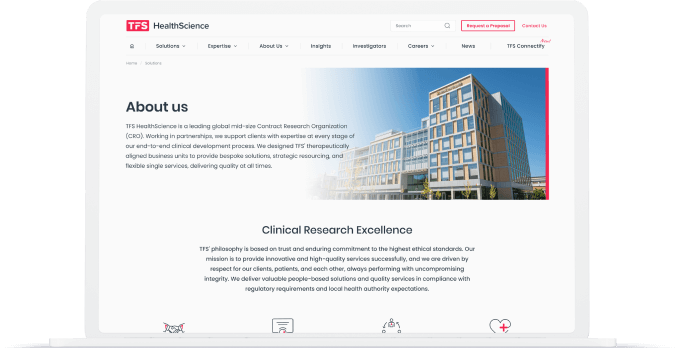
Brand presentation messagesOne of the most commonly used standard company information is the Boilerplate. It is a short text describing the brand, its basic features and assumptions. It is a text that is added to press releases or as information supplementing a commercial offer. This message is often used in the “about the company” section of websites. Elevator pitch has a similar function. It is a short text (15-30 second presentation) conveying basic information about the company with a clear emphasis on encouraging the recipient to become interested in the brand’s services – products. It is usually an informative introduction to a presentation, sometimes to commercial offers. Both constitute the quintessence of information about the brand and a pattern of what to say about it.
One of the most commonly used standard company information is the Boilerplate. It is a short text describing the brand, its basic features and assumptions. It is a text that is added to press releases or as information supplementing a commercial offer. This message is often used in the “about the company” section of websites. Elevator pitch has a similar function. It is a short text (15-30 second presentation) conveying basic information about the company with a clear emphasis on encouraging the recipient to become interested in the brand’s services – products. It is usually an informative introduction to a presentation, sometimes to commercial offers. Both constitute the quintessence of information about the brand and a pattern of what to say about it.
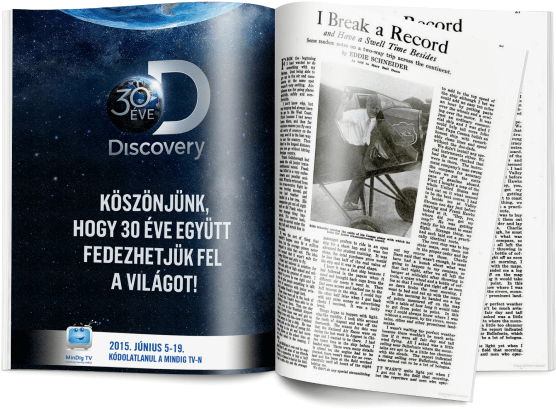
Key Messaging and KeywordsComplex and extensive content is difficult to remember and understand. On an emotional level, short slogans are the key messages. Therefore, the communication strategy must include basic slogans that position the brand. These include Tagline – a slogan that complements the brand name or logo, or Claim – the main advertising slogan. Sometimes both are used.
At this stage, in cooperation with the client, main advertising slogans are created, as well as additional ones – emphasising selected brand attributes or specifics of its offer.
Complex and extensive content is difficult to remember and understand. On an emotional level, short slogans are the key messages. Therefore, the communication strategy must include basic slogans that position the brand. These include Tagline – a slogan that complements the brand name or logo, or Claim – the main advertising slogan. Sometimes both are used.
At this stage, in cooperation with the client, main advertising slogans are created, as well as additional ones – emphasising selected brand attributes or specifics of its offer.

Communication style and Tone of VoiceIn the whole system of brand communication, not only the content and particular advertising slogans are important, but also the form and style in which all information about the company is built. The style should reflect the basic assumptions of the communication strategy.
We develop a brief with guidelines on what to pay attention to, what stylistic pose to adopt and a set of types of messages and words to avoid, so that the company is positioned in accordance with the desired assumptions.
In the whole system of brand communication, not only the content and particular advertising slogans are important, but also the form and style in which all information about the company is built. The style should reflect the basic assumptions of the communication strategy.
We develop a brief with guidelines on what to pay attention to, what stylistic pose to adopt and a set of types of messages and words to avoid, so that the company is positioned in accordance with the desired assumptions.
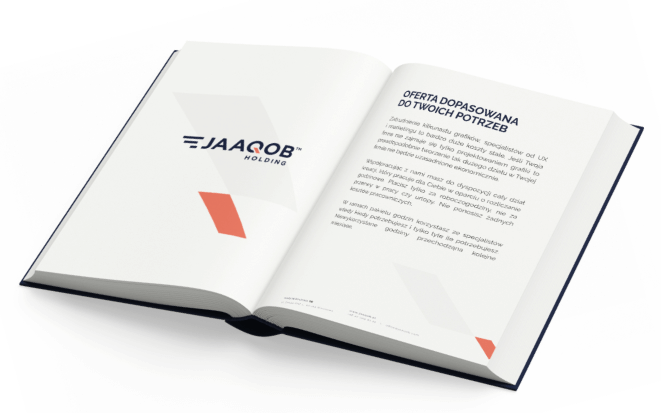
Development of a strategy document with guidelines for marketing communication of the brand.The final stage of work is to develop a document that will serve the company as a tool for setting standards and good practices in marketing communication.
The final stage of work is to develop a document that will serve the company as a tool for setting standards and good practices in marketing communication.
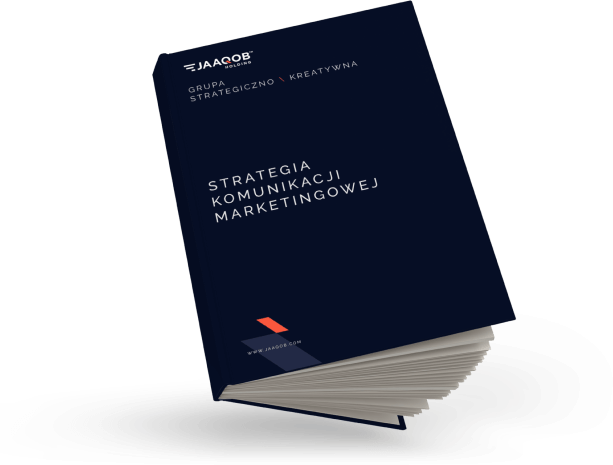
Frequently asked questions
-
A marketing communications strategy is a precise plan for defining and distributing content. Such a strategy helps to meet the brand’s objectives and reaches the right audience.
At JAAQOB HOLDING®, we develop a marketing communications strategy in the form of a document that results from a thorough understanding of the company and it needs and carrying out a detailed analysis of the company itself, its audience and its competitors. When creating a marketing communication strategy, we develop various forms of brand presentation, including key messaging, communication styling and tone of voice.
-
A brand communication strategy directly increases brand awareness in the eyes of consumers. Consistent messages tailored to the target group make it easier for customers and potential customers to remember the message quickly. It enables the company to communicate its message more quickly, speaking the benefits language.
A marketing communication plan facilitates the creation of a positive image. An effective creative strategy reinforces the customers’ trust in the company, increasing interest in the offer. Well-constructed messages directly increase sales of products and services, and an appropriate after-sales brand strategy ensures increased customer loyalty.
-
The process of creating a marketing communication plan usually takes around 120 hours. This number can vary depending on individual arrangements. A marketing communication strategy requires several stages. The first is a thorough identification of the company and its needs. To this end, we conduct an online workshop and conduct additional consultations.
The next stage of the process is an analysis of the brand philosophy, which we refine with the client. The following important part of the process is the development of the Boilerplate and Elevator Pitch. These short forms must contain all the most essential information and are often helpful, for example, in the introductions of offers, articles or competition entries.
In the following steps, we develop the positioning slogans – tagline and claim. With these, a company can convey its most important message or highlight its attributes in a quick and easy-to-remember way. The part that connects the previous stages is a coherent brand design and clarifying the tone of voice. Ultimately, we collate the whole thing into a document that serves the company’s further activities in building coherent communication in line with its brand objectives.
-
A marketing agency can help a company develop a communications strategy in several ways. One of them is to carry out a market and competition analysis. This stage is critical that determines the excellent development of brand communication. The JAAQOB HOLDING® group’s many years of experience in conducting such studies in various industries allows our clients to save time and obtain objective results that are the basis for building an effective strategy.
In addition, a marketing agency can help a company develop a message that will effectively attract customers’ attention. Selecting the proper communication channels, monitoring results, and optimising activities are also invaluable.
The developed communication strategy is the basis for further, effective and consistent activities, such as running social media, creating content for websites, producing content for newsletters and many others, which the specialists of the JAAQOB HOLDING® agency also carried out.
-
Incorrect brand perceptions, low awareness and difficulties in cutting through the information noise are a few examples of the risks resulting from unprofessional communication with the market.
It is worth remembering that every company can reap many benefits by creating coordinated and well-considered activities in line with the plan set out in the brand communication strategy. It becomes a visible, well-perceived brand, targeting the right messages to the right audiences, at the right time and through well-tailored communication channels.
Please find out more about the details of our partnership and arrange a free expert consultation..